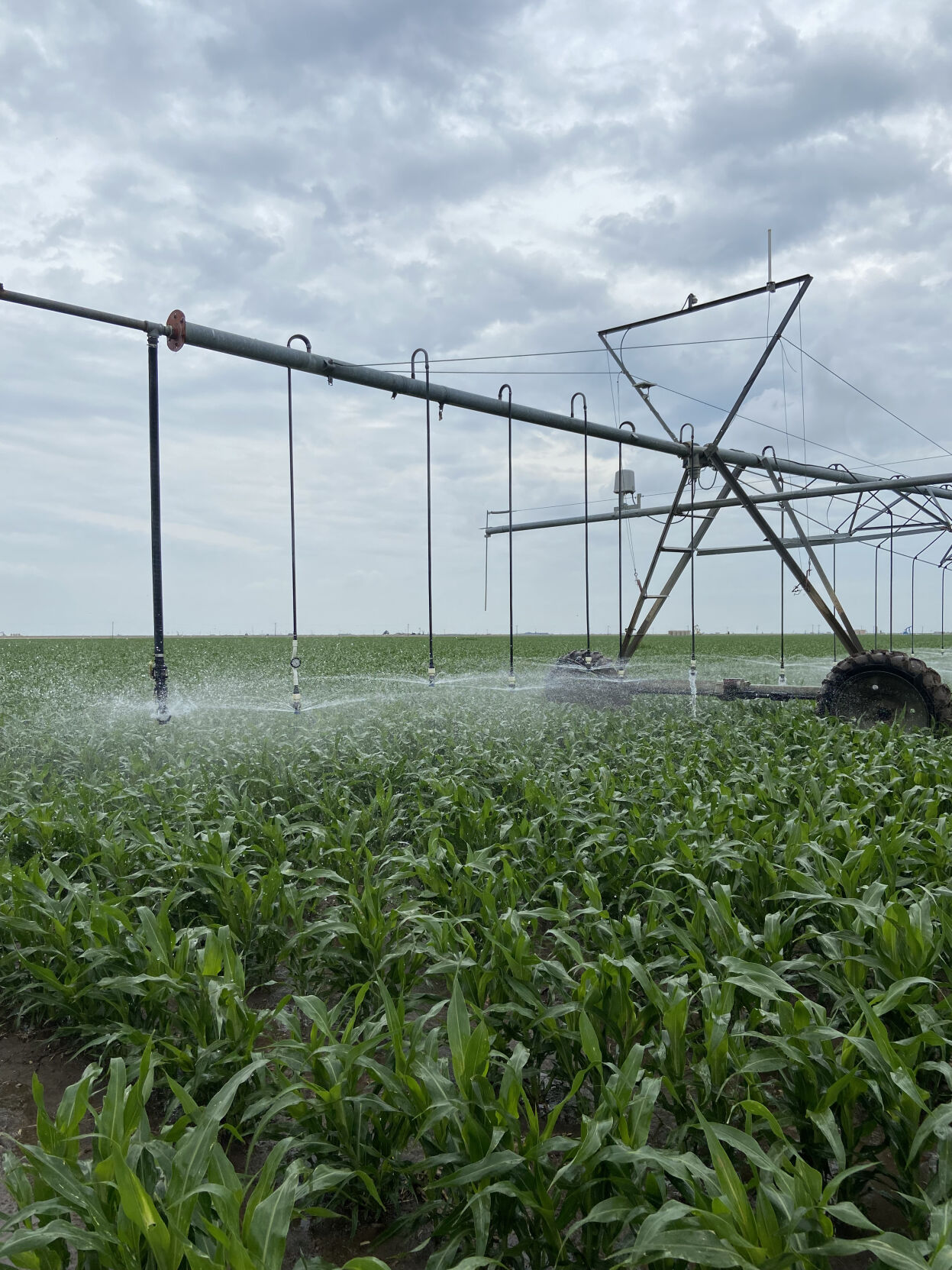How much does an inch of water contribute to grain sorghum yield?

Contrary to what is often printed or in presentations at winter meetings, how much an inch of water contributes to the yield of any crop is not an easy answer. The environment the crop is grown in makes a huge difference. In most of the sorghum growing regions of the United States, environmental conditions can vary greatly from one growing season to the next and this has been especially true in recent years.
In addition to the environmental aspect, differences in hybrids, condition of the crop and the growth stage of the sorghum when water is added can all make a big difference. Although longer maturing hybrids often have higher yield potential, they will require more total water for maximum production.
Sorghum is often able to withstand short periods of drought with little or no noticeable effect on yield. However, receiving a timely inch of water that prevents an extended period of drought can have a positive impact on yield, much more so than an inch of water received on sorghum that is not under any moisture stress.
It is well known that water deficits at specific sorghum growth stages are the most impactful on yield. For example, research has shown that an inch of water deficit during flowering decreased yield twice as much as an inch of water deficit during the vegetative stage.
For these reasons and more, there can be a wide range in reported water use efficiency of grain sorghum in any given report or presentation. A quick review of the literature shows reported water use efficiency ranging from 200 to 450 pounds of grain per acre-inch of water or more—a huge difference. In one study the water use efficiency ranged from 292 to 417 pounds per acre-inch depending on if the sorghum was grown under conventional or no-till practices, respectively. When it comes to water use efficiency, the conclusion is definitely in the details.
To take full advantage of each inch of water when irrigating, it is helpful to know key growth stages in the life cycle of sorghum. As with all crops, uniform stand establishment is important. If needed, irrigation should be applied to ensure stand establishment. At approximately 30 days after emergence, the formation of the sorghum head is initiated. This is when the potential number of kernels per head is determined. If moisture stress occurs at this time, head size will be small and grain numbers per head will be reduced.
The next and most important stage of development is at boot, which is just before the head emerges at the top of the plant prior to blooming and grain set. Many trials over the years have shown that adequate soil water at this time will greatly enhance yield. Avoiding water stress at this time can easily add 500 pounds of additional yield and could add as much as 800 pounds.
Although not as critical as the aforementioned stages, avoiding water stress during the grain fill period—especially during soft dough—can add test weight to the final yield. A good time to irrigate is just as the grain is beginning to turn from green to its final color.
Irrigation is unlikely to add to yield once the grain has reached hard dough and can no longer be smashed by squeezing the grain between the thumb and forefinger. If conditions are dry, however, irrigation at this time can improve stalk strength, which reduces lodging and increases harvest efficiency.
For maximizing sorghum yields, soil water should be maintained above 50% available water to a soil depth of three feet. However, yield of grain sorghum will normally not be reduced as long as soil-available water stays above 30% to 40%. This allows for irrigation water to be diverted to other crops in order to meet their water needs during critical periods.
Editor’s note: Brent Bean, Ph.D., is the Sorghum Checkoff Director of Agronomy, Lubbock, Texas. For more information visit www.sorghumcheckoff.com.



